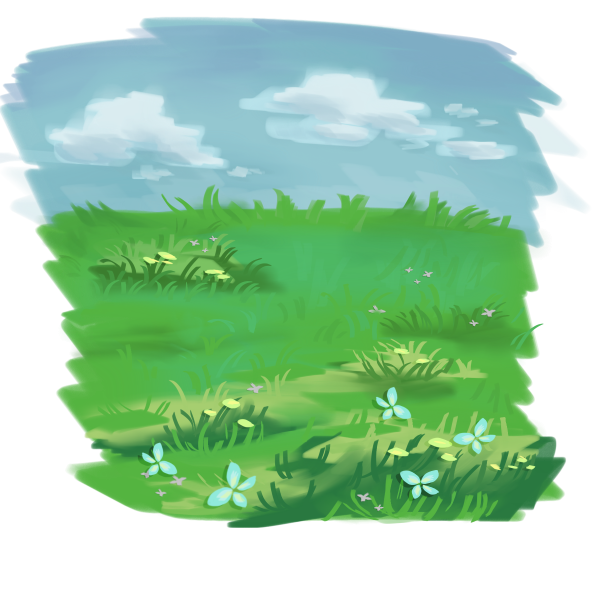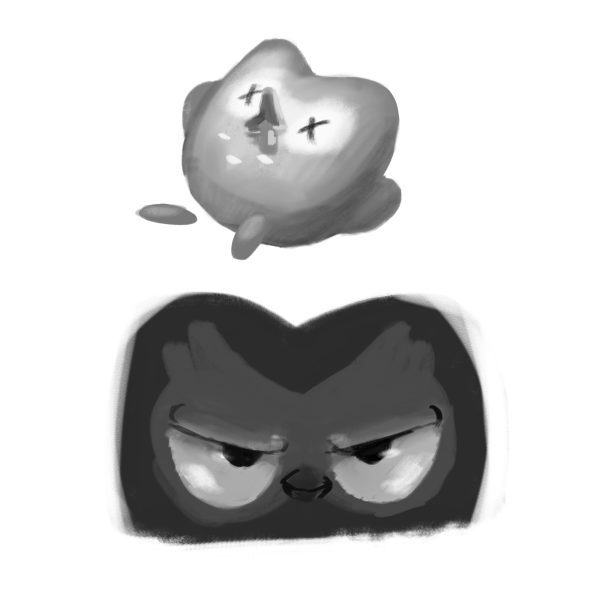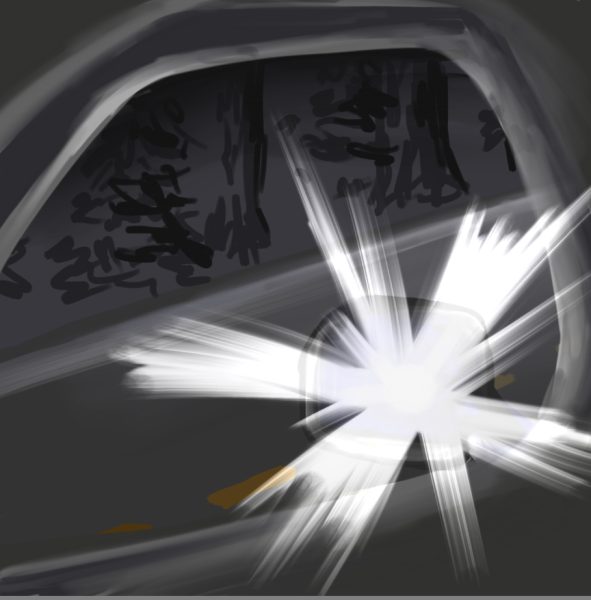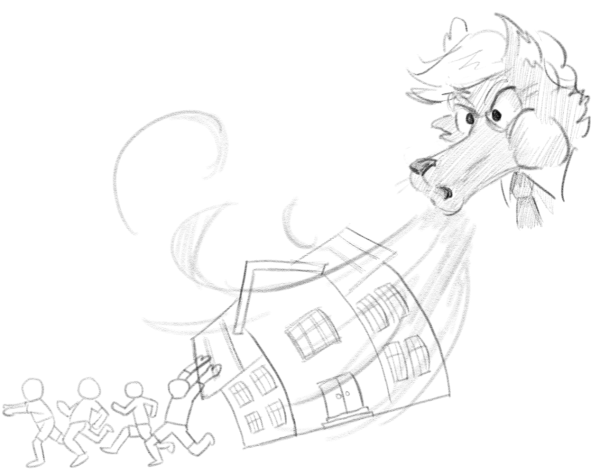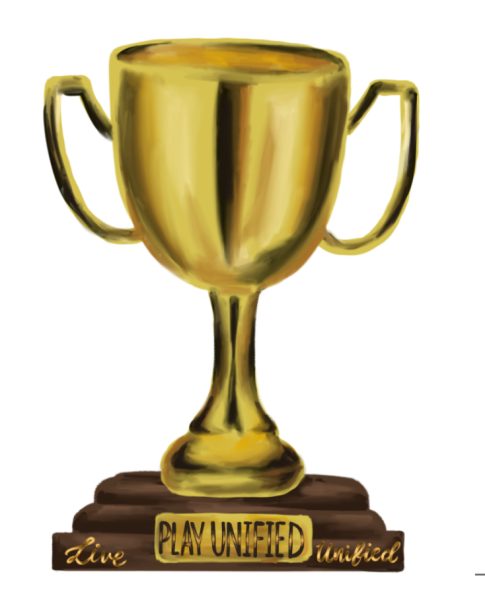Competition: Green is Not a Creative Color

You’re talking to the girl who stayed up all night building a Lego house that was slightly taller than her older sister’s—yes, I played with Legos, not Barbie’s. In my opinion, it was a phenomenal Lego house and I’m quite sure my Lego construction worker, Jeff, appreciated the competition between my sister and I regarding his two mansions. Now, looking back on my drive to perform equally (or better) than my sister in such an engineering feat, I ended upon a troublesome question: does competition encourage individuals to take the risks necessary for innovation and efficiency or does it lead to short term decisions, mediocre products, and a lifetime of hatred between sisters? Then, the next big question to ask is, “So why is there so much of it in our school?”
Let’s face it, as much as my mom tells me that a B is above average, Minnetonka High School has grown to tell us that being “average” is not what you want. With our top 100 students’ average ACT at 32.6, we are living within a literal environment of success. With that precedent of success, the burden of contributing to it, being perfect 4.0 students and going to an Ivy comes with wrapped within that package. So, the minute a scantron gets handed out what do you do? Ask every student within a radius of 25 feet what they got on their test. This results in one of two things: make you feel like the rock star of the century or show you that you have the intelligence of a Bonobo who pleasantly picked “B” for bananas every time. Either way, we do it. We compare ourselves to other students, driving either a motivation to achieve better than that know-it-all girl or making us believe that we will never be as smart as genius-math-boy. Our test score resides upon the scores of other students in the class, telling us that this was “just a really hard one” or “easy as pie.” This inquiry fest often detracts from the students own notion of intelligence. Am I as smart as I think I am? Or am I just as smart as the student sitting two seats up and one to the left of me that happened to get the same score as me? It seems that in our pure intentions of creating one of the best, if not THE best, high school in the state of Minnesota, we have also created one of the most competitive ones. And does that competition hurt or help students?
It depends entirely upon the person. For someone as crazed as myself, competition forces me to extend my limits, pull an all-nighter for Legos. Do it for construction worker, Jeff, and sing “Everything is AWESOME!” But, for other students, it deprives them of their curiosity, teaches them that they can never succeed like other students. Social Darwinism tells us that survival of the fittest happens everywhere; competition will always exist. But, in a place of collaborative education, we must be asking ourselves the hard questions: how much competition is too much? How much success actually hurts us in the long run? For now, I suggest you all keep doing you. Do not bother yourself with the scores of others. Build you metaphoric Lego houses how you want to, not how your sister did. Maybe that’s our first step towards creating an environment of collaborative creativity.































